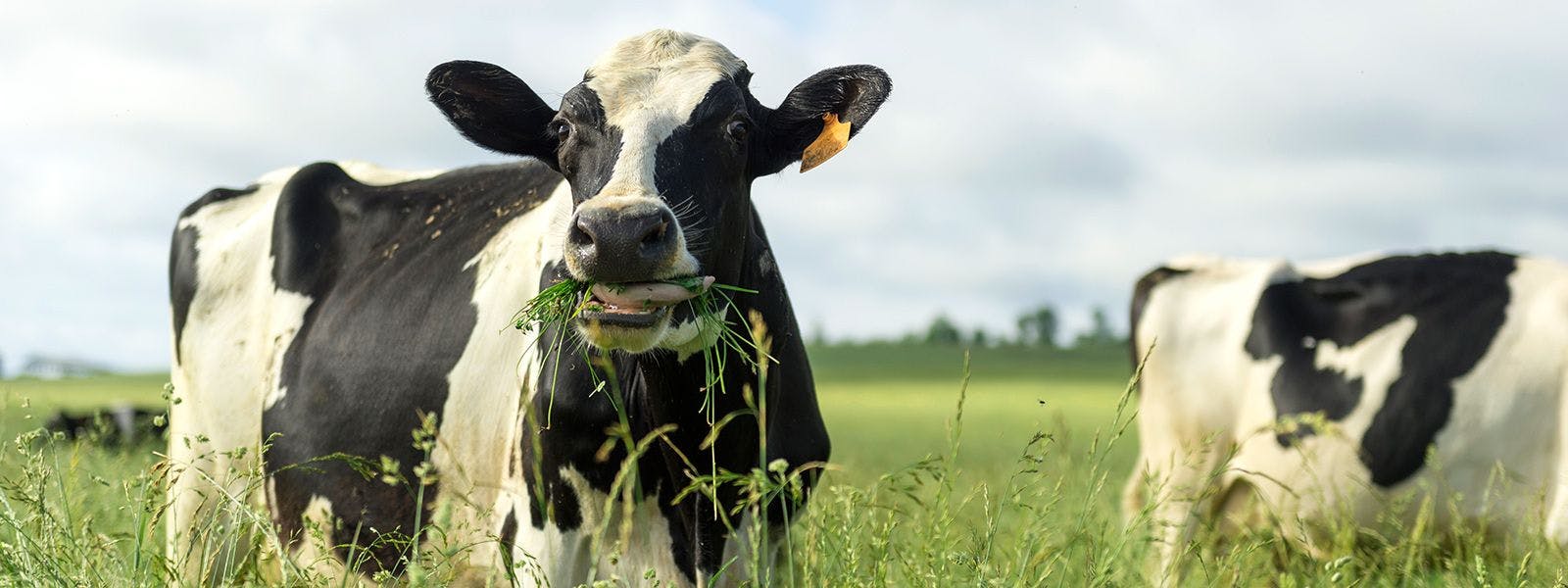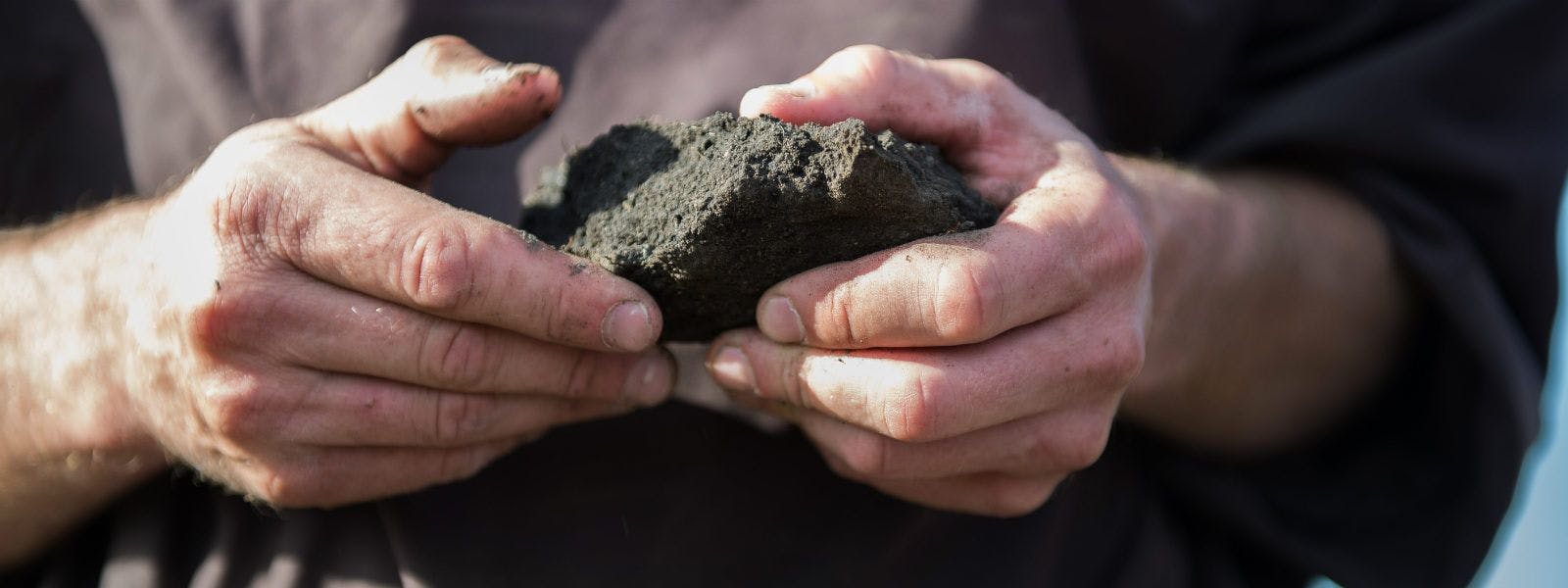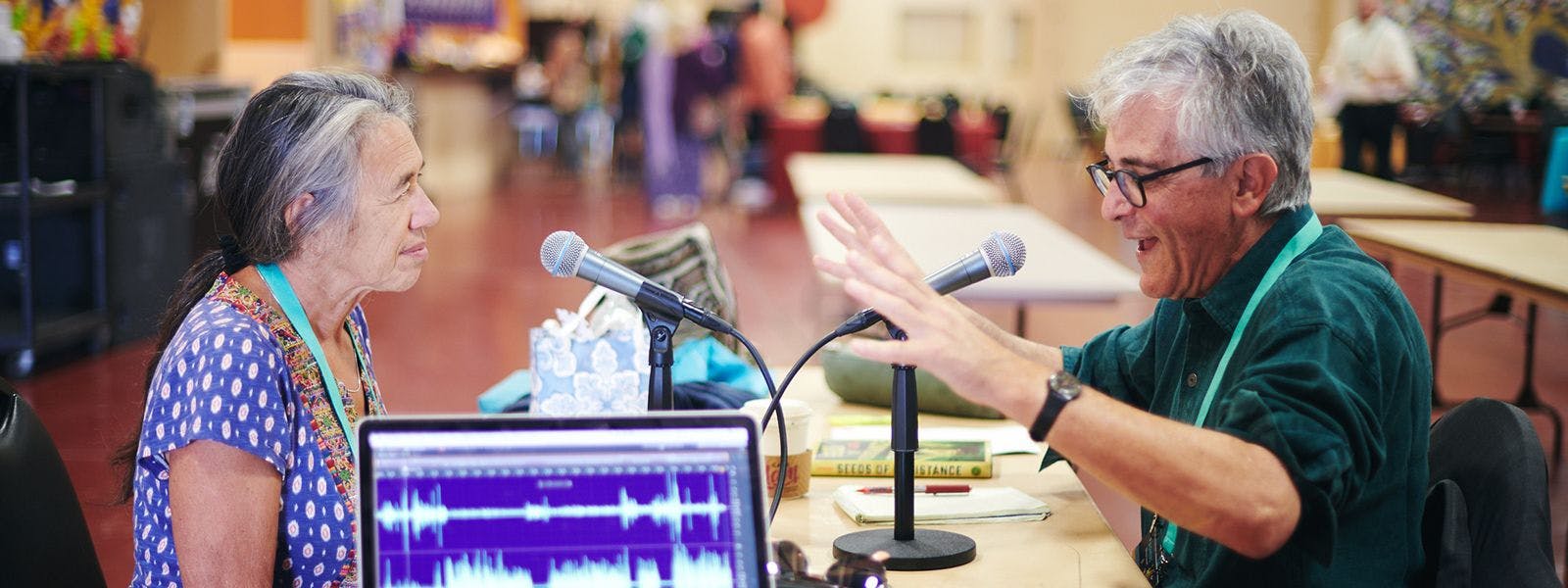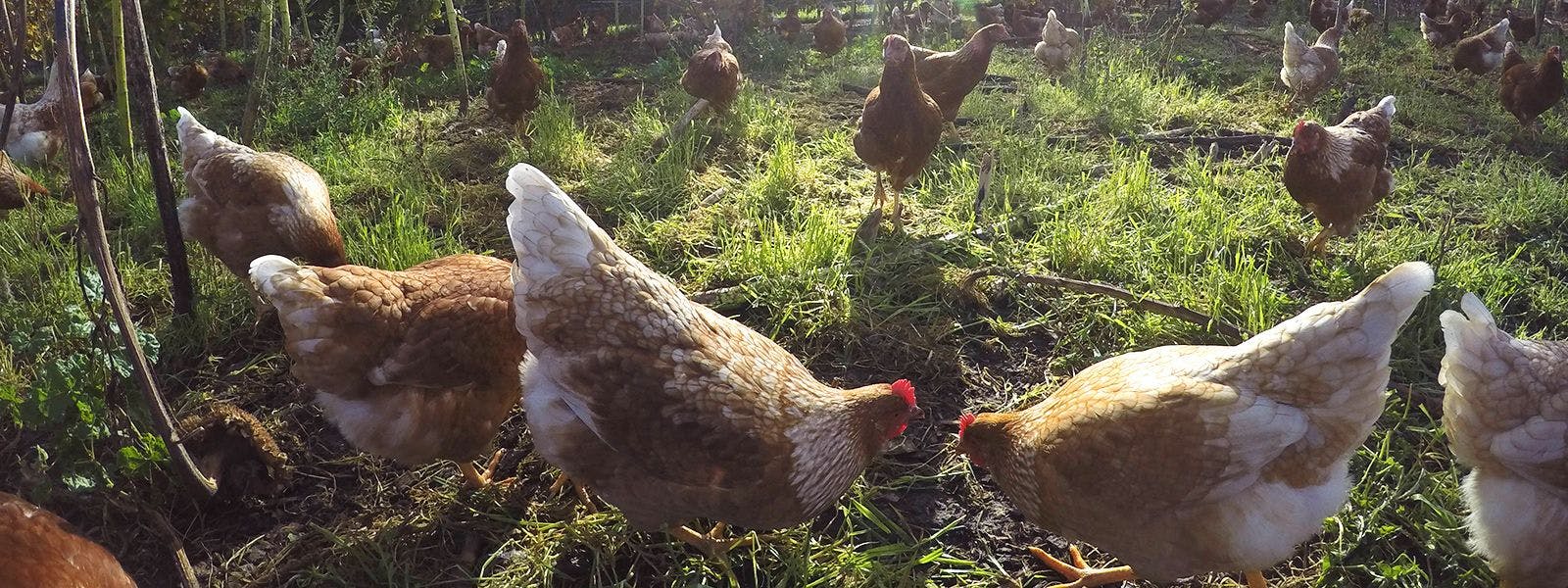
Earth
Starting Seeds Indoors: It’s Time To Get Planting
The polar vortex has passed, and the advent of spring is right around the corner. Sure, you can’t sow seeds outdoors in most USDA Plant Hardiness Zones quite yet, but the time to start seeds indoors has arrived. So go ahead and envision the fun you’ll have tearing open your seed packets, pulling on your gardening gloves, and digging into your potting mix of choice.
Starting seeds indoors is a great way to grow long-season crops in cool climates. It also creates an opportunity to harvest earlier in any climate, warm or cool. And did we mention it’s fun? Imagine waking in the morning—or coming home from work at night—to see which seedlings have emerged from the soil and are awaiting your tender loving care.

Hands planting seeds. Photo contributed by Seed Savers Exchange.
First, let’s talk seeds, and, especially, why you should select organic seeds.
It’s important to remember that by purchasing organic seeds, you’re supporting organic production practices—just like you are when you buy organic vegetables, fruits, milk, or any other organic food products.
“If you think purely in terms of health benefits to gardeners of using organic versus conventional seed, there might not be much difference,” says Steffen Mirsky, assistant curator at Seed Savers Exchange. “It’s more the farming practices you’re supporting that you have to consider.”
Kitt Healy of the Organic Seed Alliance further notes that using organic seed reaps long-term rewards. “Purchasing organic seed means investing in organic seed growers’ ability to innovate and to find more efficient and reliable ways to grow and market high-quality organic seed to meet the growing demand,” she says. “Over time, this may lower the cost of organic-seed production and decrease the risk of organic varieties being ‘dropped’ because of challenges in seed production.”
Now that you know why it’s important to buy organic seeds, which crops are best to start from seed indoors?
Some crops, like easy-to-grow radishes and beans, do best directly sown into the ground. Others—like tomatoes, peppers, broccoli, celery, cabbage, cauliflower, onions, and eggplant—need a longer growing season. They benefit from being started indoors and then getting transplanted into your garden or large patio pot once the soil has warmed appropriately. Whether you have a backyard garden or a container garden, the following are a few helpful tips on the best way to start seeds.
TIMING: Sow your seeds indoors about six to eight weeks before the last frost in your area, as determined by The Old Farmer’s Almanac or another trusted resource.
CONTAINER SELECTION: There’s really only one rule when it comes to choosing a container in which to start seeds—make sure that it has holes in the bottom for drainage. You can be creative and repurpose egg or milk cartons, yogurt cups, or other materials you have on hand. Remember to place something under your container to catch the water.
SOIL SELECTION: Using good soil helps ensure high germination rates and strong seedlings. Roots need oxygen as well as water, so the potting medium needs to be fairly loose and able to both retain moisture and drain. Seeds don’t need soil dense with nutrition; consider adding fertilizer only after your seedlings sprout and need to be “potted up” to a larger container or transplanted into the garden.
SEED DEPTH: Follow the recommendations on the back of the seed packet, and be sure not to bury your seeds in excess soil.
WATERING: Determining how much water to give your seeds is perhaps the trickiest part. How much water is the right amount? The soil should feel damp to the touch, but your fingers shouldn’t come away wet or muddy.
WARMTH AND LIGHT: Most seeds don’t require light for germination, but you do need to keep your soil appropriately warm with bottom heat until the seedlings emerge. Put your containers on top of the refrigerator, or use an electric heat mat designed precisely for that purpose (check growing guides for the recommended temperature range for the crop you are starting.)
The idea is to keep the soil uniformly moist and warm until seedlings emerge, which is why most seed-starting kits include a plastic dome that fits on top. If you don’t have a seed-starting kit, covering your containers in plastic cling wrap will work just as well. Be sure, however, to remove the plastic or dome as soon as the seedlings emerge from the soil and move them to a good light source, such as a bright window or under grow lights, which can be purchased inexpensively at most hardware stores.
THINNING: Yes, it may be a little heartbreaking to pull out some of those seedlings you worked so hard to grow, but if there are too many seedlings too close together, they will compete with one another and cause lanky, weak plants.
HARDENING OFF: Last but not least, don’t forget to “harden off” your plants, or move them outdoors for a portion of the day (over four to five days) to prepare them for direct sunlight, wind, cold nights, and less frequent watering. This prepares them for transplanting into your garden or outside containers.
And there you have it. Now you know how to start seeds. Follow these tips, and within just a few short weeks your seedlings will be ready to join the great outdoors. For even more secrets to gardening success, consult Seed Savers Exchange’s free “Grow from Seed” guide. Remember—seeds want to grow, and you are just helping them fulfill their promise and purpose! Happy planting!
Want more?
Hear Seed Savers Exchange’s co-founder, Diane Ott-Whealy, on Rootstock Radio, where she talks with host Theresa Marquez about everything from seed sovereignty (the right of farmers to save, use, exchange and sell their own seeds) to the difficult availability of non-GMO and organically raised seeds.
Related Articles
- Tags:
- organic & sustainable living,
- seeds
















